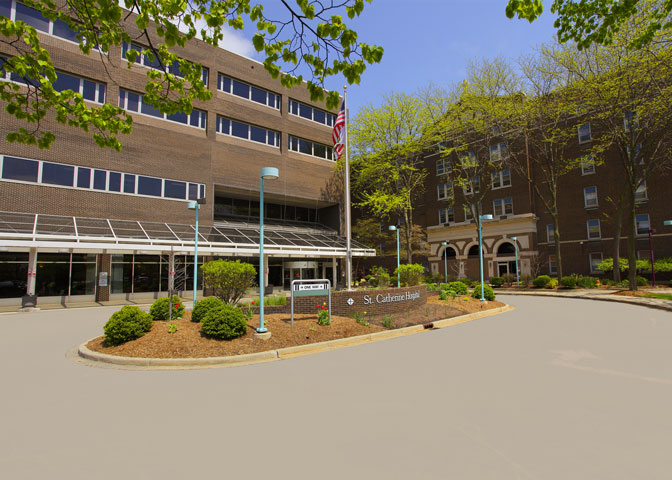
L.E. slit her wrist, parked her car in the middle of the Coronado-San Diego Bay Bridge, said a prayer and jumped into pitch-black nothingness. The aspiring graphic design artist had tried to take her life twice before. She’d grown weary of battling an OxyContin addiction that flared after a snowboard accident and a diagnosis of bipolar disorder.
For years, she shuffled in and out of psychiatric offices across multiple states with medication regimens that, for her, led nowhere.
“I didn’t have any energy for the ‘lows’ anymore,” she says. “The next thing I knew I was caught in a current with a broken neck, a broken pelvis and my right leg floating above my head.”
If the U.S. Coast Guard hadn’t been conducting an exercise that night, L.E. would not have been able to lay claim to being the 13th person to survive a 220-foot-fall from one of the deadliest bridges in the nation.
But the heroic rescue by a fleet of boats and Coast Guard helicopter in March 2015 wasn’t her only cue for salvation. L.E. credits the mental health expertise and psychiatric care she received at St. Catherine Hospital to quiet the ‘little monsters’ in her head and keep them at bay.
St. Catherine Hospital’s Behavioral Health Services team in 2017 began offering Electroconvulsive Therapy (ECT), a procedure done under general anesthesia to cause changes in brain chemistry that can quickly reverse symptoms of certain mental illnesses. The hospital also began to extend ketamine treatment to a select group of patients with treatment-resistant depression.
Around that time, L.E. was referred to Joseph Fanelli, MD, a psychiatrist and medical director for the Behavioral Health Services program, by another doctor. He told Fanelli, L.E.’s mental health was deteriorating despite 15 rounds of ECT at another facility.
“ECT is considered by many behavioral health providers to be the gold standard for treating profound depression,” Fanelli explains, but L.E. was treatment resistant to this procedure. “She had little, if any relief from other conventional treatments.”
Her family told Fanelli that their daughter had been given a ketamine treatment for pain while she was recovering from the suicide attempt; and it was one of her better days in recovery.
“We decided to try ketamine,” Fanelli recalls. “We saw dramatic improvement by the second treatment.”
Ketamine has been shown to be well over 75 to 90 percent effective against suicidal thoughts within minutes to hours. The dissociative drug allows patients to react less to their impulses and separates their thoughts and emotions and their reactions to their emotions.
The therapy however is not prescribed without serious thought. Since it is a new development, patients pay out of pocket for the treatment.
L.E. says she’s had great results from the therapy sessions at St. Catherine Hospital, and her life has changed dramatically for the better.
“I saw improvement in my disposition right way, and with the help of monthly ketamine booster treatments,” she says. “I’m back doing the work I love as a freelance photographer and graphic designer.”
If you or a loved one is feeling lethargic and sad, Behavioral Health Services of Community Healthcare System can help. To learn more, visit COMHS.org.


